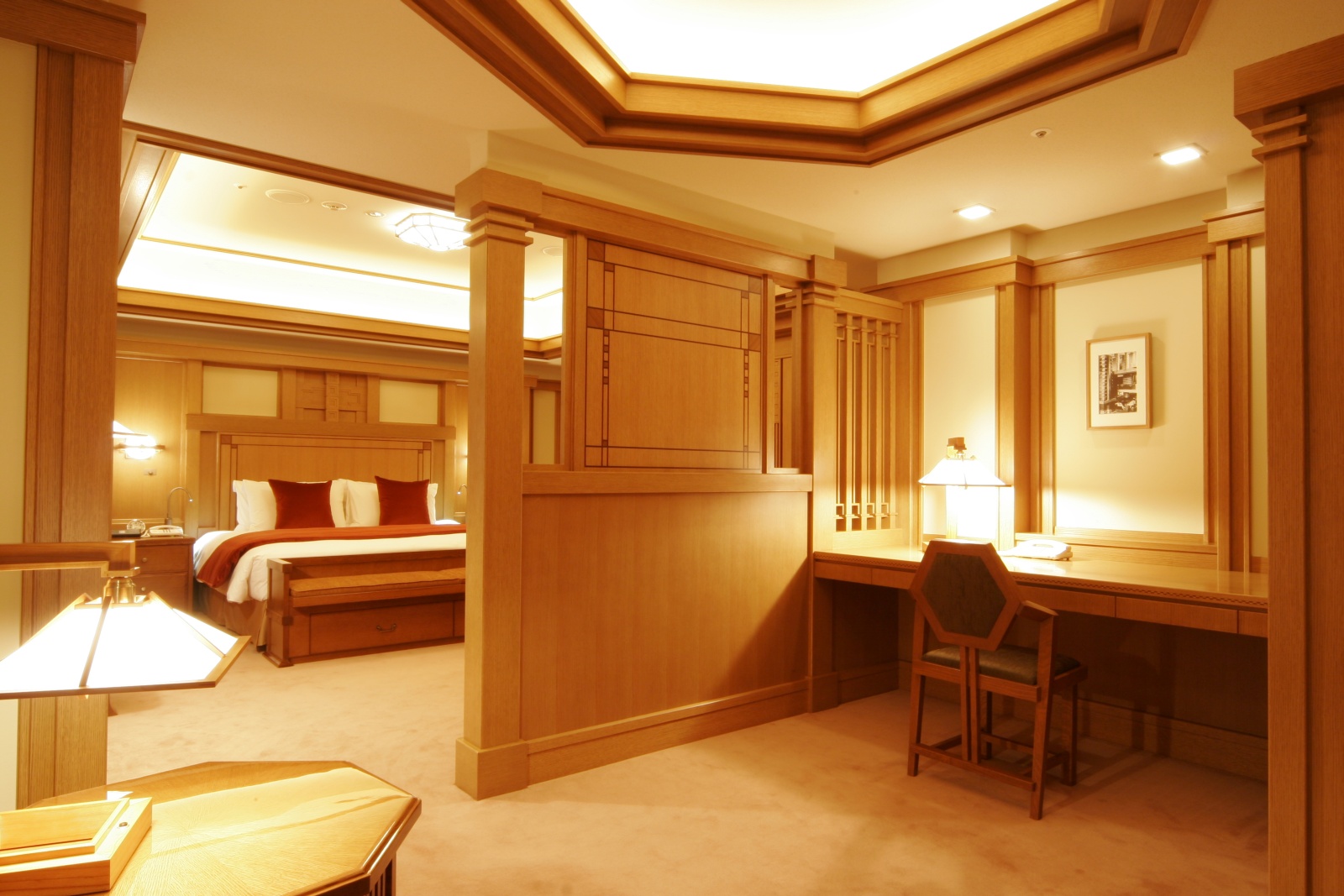For a few years I have been working in the Greene & Greene style. I can now construct it reasonably well. But the creativity of Charles Greene will forever exceed my ability. The fun is in trying.
As an engineer I find my work too tightly connected to function. Greene added so much inscrutable content that it makes me stretch out of my usual design mode.
Anyone else on this road?





 Reply With Quote
Reply With Quote

